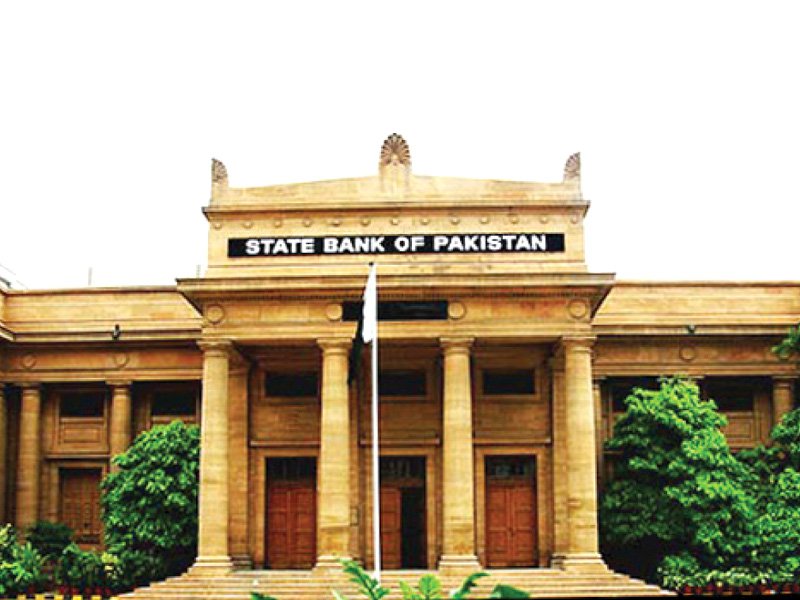KARACHI – The State Bank of Pakistan (SBP) has issued its annual flagship publication, the Financial Stability Review (FSR) for CY22.
The Review is being published in terms of requirements prescribed in Section 39(3) of the State Bank of Pakistan Act, 1956. It presents the performance and risk assessment of various segments of the financial sector including banks, non-bank financial institutions, financial markets, financial market infrastructures and non-financial corporate.
Pakistan’s economy experienced a turbulent year as the existing economic imbalances were compounded by the unfavorable external environment. The domestic headwinds including the twin deficits, high inflation, catastrophic flooding, delay in the completion of IMF program reviews as well as the global challenges such as fast paced increase in commodity prices and monetary tightening by major central banks in advanced economies, manifested in the deteriorating macroeconomic conditions. Nonetheless, financial sector showed resilience against these stresses and posted steady performance. The financial sector’s asset base grew by 18.3 percent in CY22—mainly supported by the banking sector.
The FSR notes that the SBP and the government took various policy steps to address widening imbalances, which included further increase in policy rate and macro-prudential policies pertaining to consumer financing and administrative measures to contain external imbalance. Resultantly, current account deficit improved towards the year end while economic momentum weakened. In this backdrop, the GDP grew only by a meager 0.29 percent in FY23.
The FSR highlights that notwithstanding the increased volatility of financial markets in CY22, the banking sector witnessed a strong growth of 19.1 percent in its assets. This expansion was mainly driven by investments while advances decelerated. Since deposits observed notable slowdown, banks’ reliance on borrowings remained substantial. Encouragingly, the credit risk remained contained as gross NPLs ratio lowered to 7.3 percent by end CY22 from 7.9 percent at end CY21, while the net NPLs ratio slightly inched up to 0.8 percent from 0.7 percent a year earlier, remaining at one of the lowest levels of last two decades. Banks’s after-tax earnings improved during CY22, primarily due to rise in interest income. As a result, (ROE) improved to 16.9 percent in CY22 from 14.0 percent in last year. The contained delinquencies and higher profitability supported banks’ solvency as Capital Adequacy Ratio stood at 17.0 percent – well above the minimum regulatory requirement of 11.5 percent. The Islamic banking segment also observed robust growth of 29.6 percent during CY22. The asset quality indicators improved and earnings rebounded from previous year. Microfinance banks, however, remained under stress as the asset quality indicators deteriorated along with after-tax losses.
The FSR reveals that non-financial corporate sector posted a moderate decline in earnings due to the elevated economic stress and an increase in taxation and financing costs. Nevertheless, the overall financial standing of top 100 listed companies remained steady and corporate sector in general continued to serve its obligations to financial institutions.
Financial Market Infrastructures (FMIs) remained resilient during CY22. Importantly, SBP implemented the second phase of Raast during CY22, enabling an instant and free Person-to-Person (P2P) funds transfer. At the same time, a comprehensive licensing and regulatory framework for digital banks was also issued with a view to promote digital financial services (DFS) in a prudent manner.
The FSR highlights that a comprehensive supervisory and safety net framework is also in place to preserve the general confidence in banking system and safeguard the soundness of regulated institutions. SBP’s supervisory framework proactively monitors and assesses both firm-specific and system-wide risks to financial stability and takes proactive actions to address these risks.
During the year under review, SBP took a number of measures to further strengthen the framework in line with market conditions and emerging best practices.










